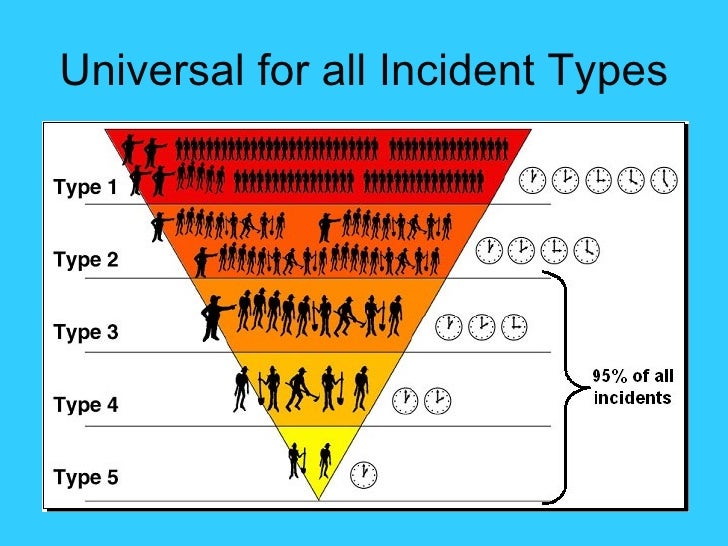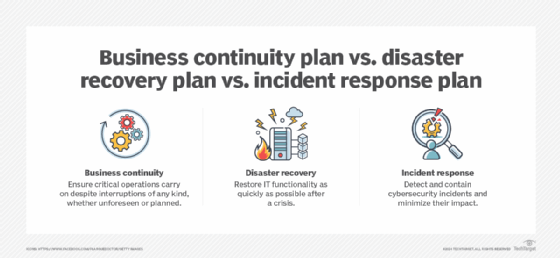Which Incident Type Is Limited To One Operational

WASHINGTON D.C. – The Federal Emergency Management Agency (FEMA) has clarified the designation of Area Command incidents, confirming they are strictly limited to overseeing operations within a single operational period.
This crucial distinction impacts resource allocation and strategic decision-making during complex emergency response scenarios. The clarification aims to prevent confusion and ensure efficient management of resources during disaster relief efforts.
Area Command: Singular Operational Period
An Area Command, as defined by the National Incident Management System (NIMS), is established to oversee the management of multiple incidents that are each being handled by an Incident Command System (ICS) organization. However, it operates under strict temporal constraints.
Specifically, its authority and operational focus are confined to a single operational period. This contrasts with Unified Area Command, which can span multiple periods.
This is according to the latest updates in the FEMA incident command system documentation, which aim to streamline disaster response efforts across all levels of government.
Key Differences: Area Command vs. Unified Area Command
The limitation to a single operational period is what fundamentally distinguishes an Area Command from a Unified Area Command. A Unified Area Command is implemented when incidents are multi-jurisdictional or involve multiple agencies with overlapping authorities.
It can remain active across numerous operational periods, offering sustained oversight and strategic guidance. Area Command’s brief duration means decisions need to be fast and resources need to be allocated very quickly.
In scenarios needing long-term coordination, transitioning from an Area Command to a Unified Area Command is crucial for seamless disaster management.
Why the Time Restriction?
The single operational period restriction on Area Command is designed to facilitate rapid decision-making and resource deployment during the initial critical phase of a multi-incident event. This approach optimizes responsiveness during immediate crisis management.
Limiting the duration allows for a reassessment of the situation and a more tailored strategic approach beyond the initial surge. It's a crucial failsafe for preventing mismanagement of resources when circumstances drastically change.
After the initial operational period, incident command is re-evaluated and a more appropriate structure, like a Unified Area Command, might be established to address ongoing needs. This is done to ensure long-term efficiency.
Real-World Implications
Understanding this limitation is vital for incident commanders and emergency managers. For instance, during a widespread hurricane affecting multiple counties, an Area Command might be activated to coordinate initial search and rescue efforts across affected areas.
However, as the situation evolves and recovery operations begin, a Unified Area Command involving federal, state, and local agencies might be established. That would be in place to coordinate the long-term response.
Confusion over this distinction could lead to delayed resource allocation or miscommunication between agencies, hindering the overall effectiveness of the response.
Challenges and Considerations
One challenge is ensuring a smooth transition from Area Command to a longer-term command structure. This requires clear communication protocols and a well-defined handover process.
Another is anticipating the need for a Unified Area Command and preparing for its establishment during the initial operational period. Proactive planning can mitigate potential disruptions.
Additionally, personnel training must emphasize the importance of this temporal constraint to prevent misunderstandings during real-world scenarios.
Moving Forward
FEMA is conducting nationwide training sessions to reinforce the proper application of Area Command and Unified Area Command structures. These sessions aim to clarify roles, responsibilities, and operational limitations.
The agency is also updating its online resources and training materials to reflect these clarifications. Incident management teams should review these resources to ensure compliance with NIMS guidelines.
Continued vigilance and adherence to established protocols are crucial to maximizing the effectiveness of emergency response efforts. The next step is understanding real-world implementation and challenges.
Expert Opinions
According to Dr. Emily Carter, a leading expert in emergency management, "The single operational period limitation of Area Command is essential for maintaining agility and responsiveness during the immediate aftermath of a large-scale incident."
She added, "However, successful transition to a Unified Area Command requires careful planning and coordination to avoid gaps in service delivery."
Another expert, John Davies, highlighted the importance of training: "Emergency responders at all levels must be thoroughly trained on the distinctions between Area Command and Unified Area Command to ensure effective collaboration and resource allocation."
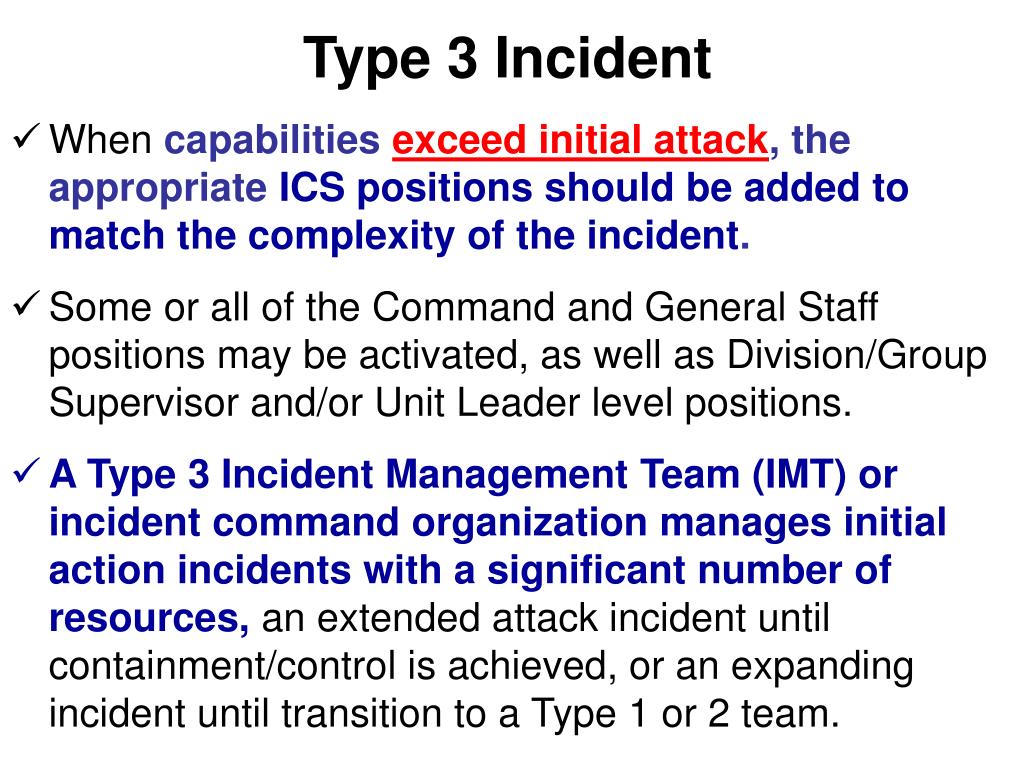
![Which Incident Type Is Limited To One Operational Which Incident Type Is Limited to One Operational Period? [Answer]](https://images.pexels.com/photos/3280211/pexels-photo-3280211.jpeg)

![Which Incident Type Is Limited To One Operational Which Incident Type Is Limited to One Operational Period? [Answer]](https://images.pexels.com/photos/4679116/pexels-photo-4679116.jpeg?auto=compress&cs=tinysrgb&w=1200)

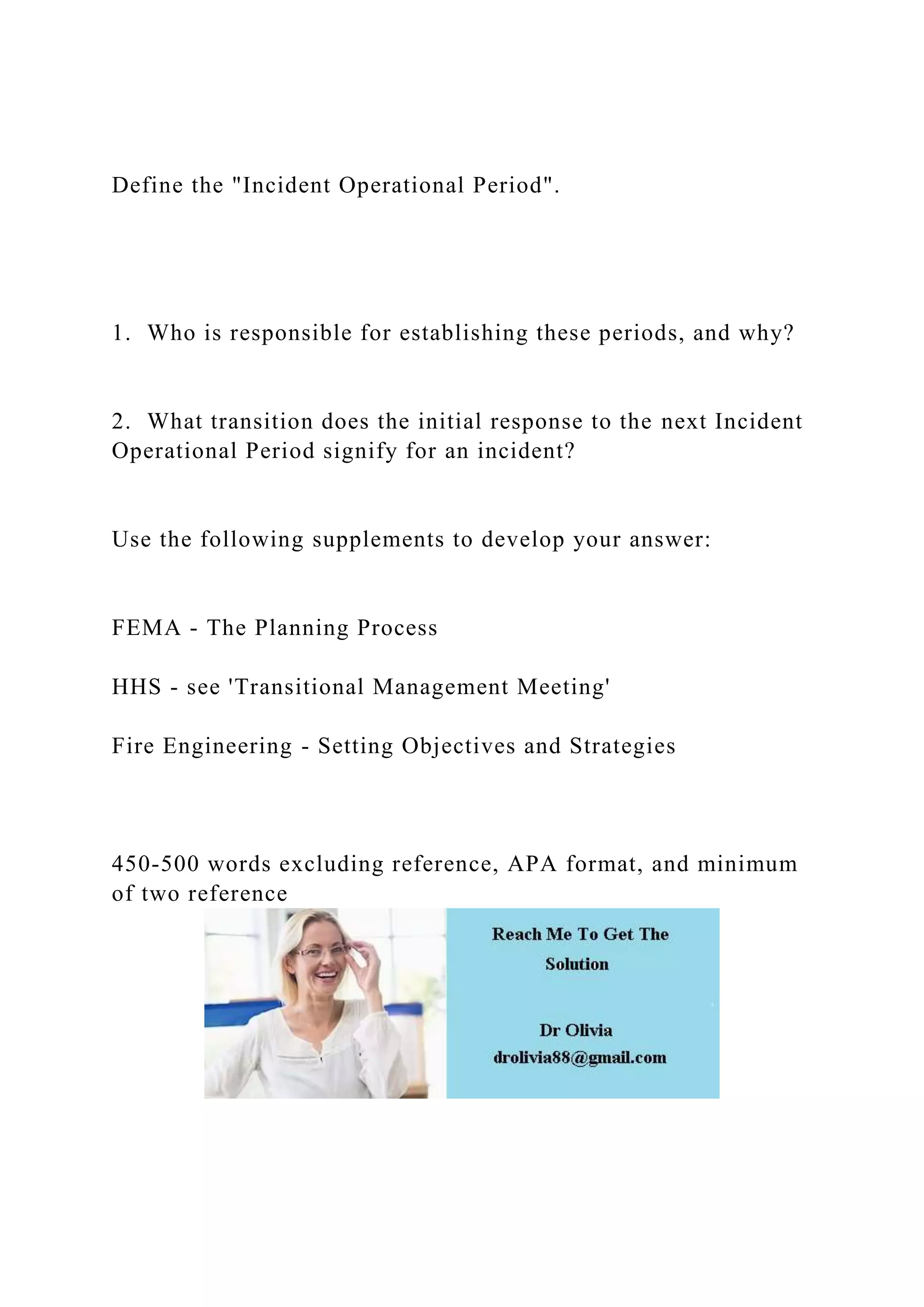
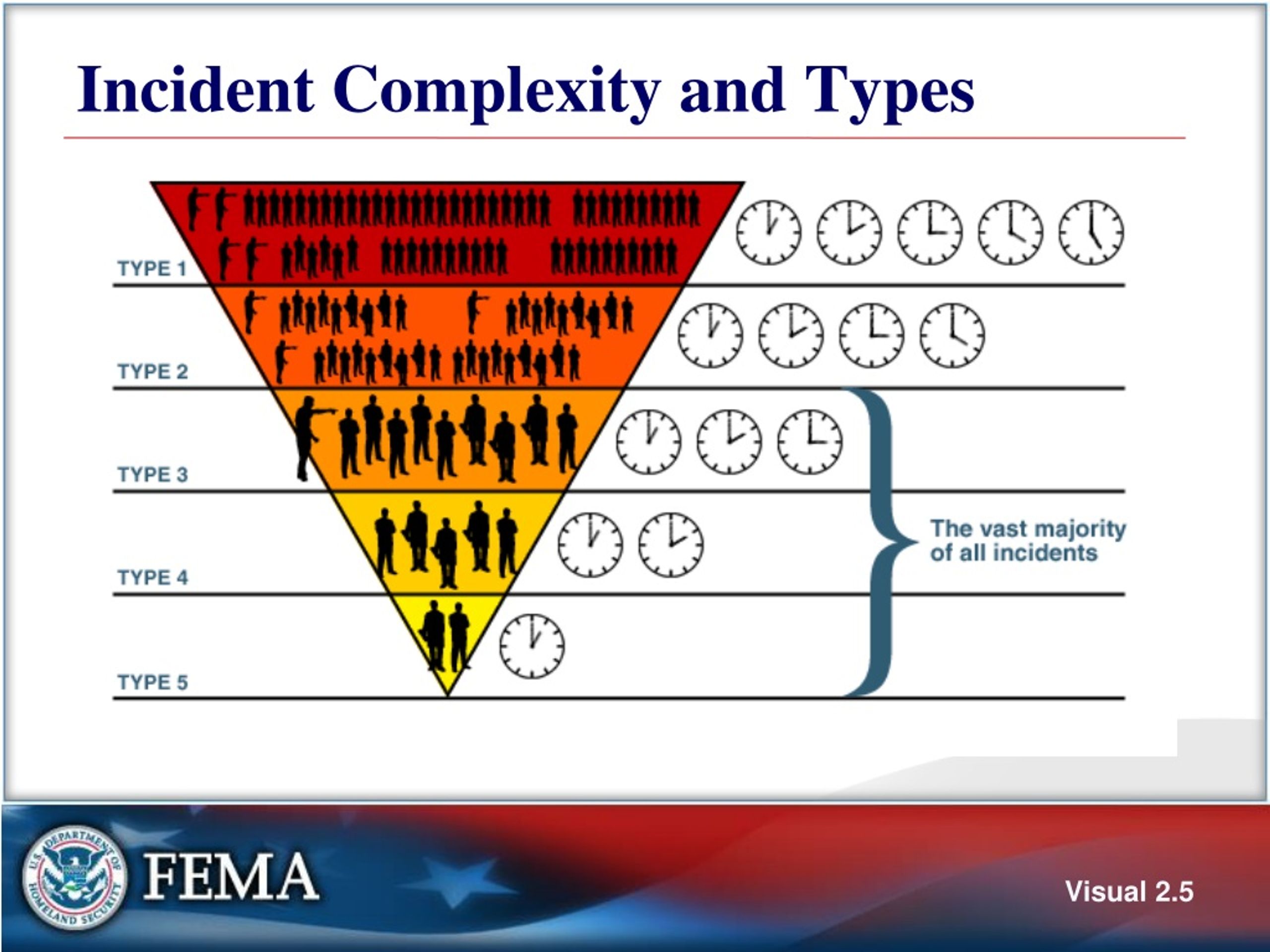
![Which Incident Type Is Limited To One Operational Which Incident Type Is Limited to One Operational Period? [Answer]](https://images.pexels.com/photos/5380839/pexels-photo-5380839.jpeg?auto=compress&cs=tinysrgb&w=1344)

![Which Incident Type Is Limited To One Operational Which Incident Type Is Limited to One Operational Period? [Answer]](https://images.pexels.com/photos/4614166/pexels-photo-4614166.jpeg?auto=compress&cs=tinysrgb&w=1200)

